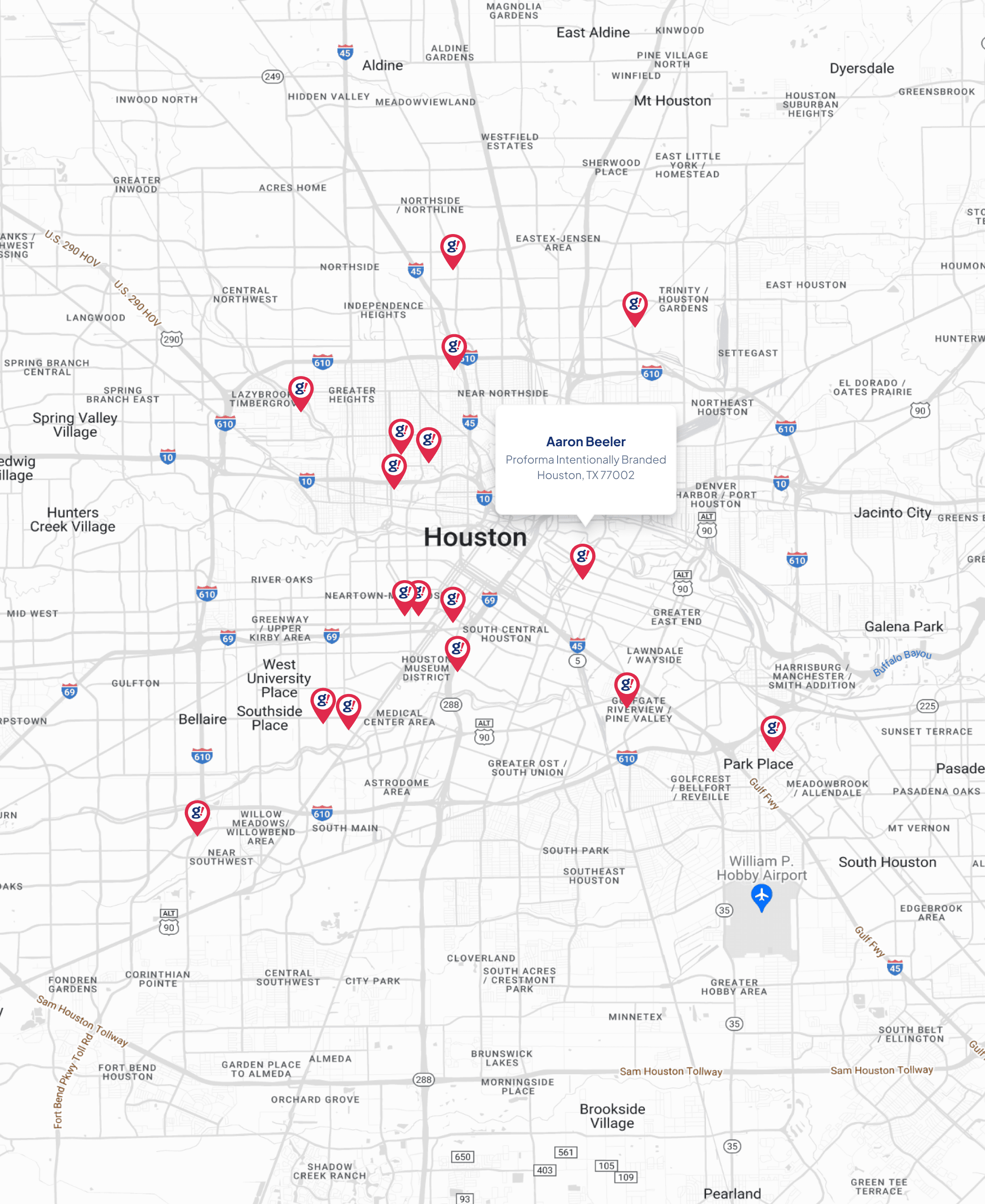How to Create a Successful Marketing Campaign | Constant Contact
- Updated on: 2018-01-17
- Read original article here

Yes, I said the word campaign. Please don’t run away.
From talking to nonprofit and small business owners, I’ve learned that many think the word “campaign” is scary.
To them, it sounds incredibly complicated and time-consuming — but I’m here to tell you that it’s not hard to create a successful marketing campaign.
A well-planned campaign can spark new interest in your business and increase your sales, donations, and impact.
In this post, I’ll give you a quick overview of what a marketing campaign is and how you can create a successful marketing campaign for your business.
Let’s jump in, shall we?
I like to define a marketing campaign as a promotion created to reach a specific goal with a beginning and an end date.
Your campaign can contain as few or as many pieces as you find necessary for your bottom line.
The most important part of creating a campaign is defining a clear and concise goal. Your goal can be as simple as increasing your revenue for the month of October, but it must be specific.
The more specific you are when setting your goal, the greater chance you’ll have of actually achieving it. The specificity will help focus your tactics and save you time.
You can also use Constant Contact’s new marketing calendarfeature to plan your marketing, view past mailings, and check out relevant holidays.
People tend to struggle most when it comes to deciding what to offer or promote in a campaign.
Here are a few examples of what you can promote:
Not only do you want your goals and objectives to be specific, but you want your promotion to be specific too. Telling people you have a sale going on is too vague. Telling people about a specific discount for a specific amount and product will pique their interest.
Your return on investment is very important when it comes to almost anything you do for your business. If you are unsure about the success of your campaign, you won’t know if it was worth your time and effort.
Luckily, digital tools, like email marketing, make it easy to see if your campaign was a good use of your time. After sending an email, you can track your results to see how many people are opening your message and acting on your offer.
The way you measure your success will vary from offer to offer, but you always want to measure your end goal. For example, if your goal was to increase your network size, you want to take a look at how many new email subscribers you received from your campaign.
If your goal was to drive attendance to your event, you should measure a number of attendees you received due to your campaign.
I know, it’s a lot of information, but creating a campaign does not need to be complicated. If you’re not sure where to start, think about what would be valuable to your audience and build a campaign around that.
If you’re not sure what would be most valuable to your audience, sending an online survey to get their feedback will ensure you’re on the right track.
Editor’s Note: This post was originally published in August 2013 and has been updated for relevancy and accuracy.



